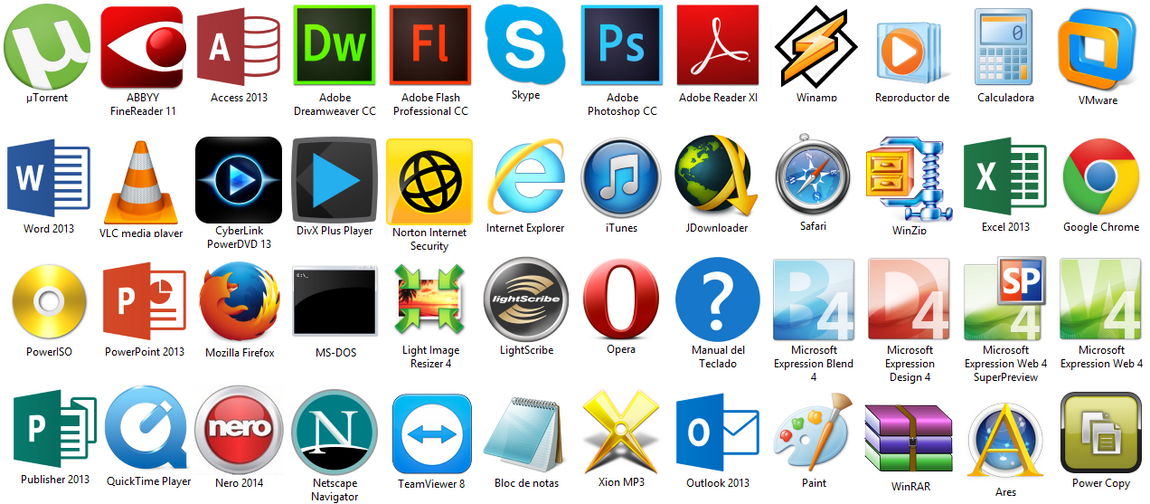The creative communities of the Internet
A creative community is a group of individuals who come together to share and collaborate on creative endeavors and projects. These communities are often formed by people who share common interests and passions in various creative fields, such as art, music, writing, filmmaking, design, and more. The key characteristics of a creative community include:
- Shared Interests: Members of a creative community have a shared passion for a particular creative endeavor or field. This shared interest serves as a unifying force and a source of inspiration.
- Collaboration: Creative communities encourage collaboration among their members. Artists, musicians, writers, and other creative individuals often work together on projects, share ideas, and provide feedback to help each other grow.
- Learning and Skill Development: Members of a creative community often engage in continuous learning and skill development. They share knowledge, techniques, and resources to help each other improve their craft.
- Networking: Creative communities offer opportunities for networking and building professional relationships. Members may connect with others who can help them advance their creative careers or projects.
- Support and Feedback: Community members provide emotional support and constructive feedback to one another. This helps individuals overcome creative blocks and challenges.
- Exposure and Promotion: Creative communities often provide a platform for members to showcase their work and gain exposure. This can be through exhibitions, performances, publications, or online platforms.
- Diversity: Creative communities can be diverse in terms of backgrounds, styles, and perspectives. This diversity can lead to a rich exchange of ideas and experiences.
Creative communities can take various forms, from local art collectives and writing groups to online forums and social media networks. They play a vital role in nurturing and fostering creativity, allowing individuals to connect with like-minded people, share their creative journeys, and find opportunities for growth and recognition.
What do the participants do in the creative communities of the Internet?
Participants in internet creative communities engage in a wide range of activities and interactions, depending on the nature and focus of the community. Here are some common activities and roles that participants take on within online creative communities:
- Sharing Creative Work: Members frequently share their own creative work, which can include art, music, writing, photography, videos, design projects, and more. They use the community as a platform to showcase their creations.
- Collaboration: Many members collaborate with others on creative projects. Collaboration can involve working together on art pieces, music compositions, writing projects, or any other creative endeavor that benefits from multiple contributors.
- Feedback and Critique: Participants often provide feedback and constructive critique to help each other improve their work. This can include commenting on artwork, offering editing suggestions for written pieces, or giving input on musical compositions.
- Learning and Skill Development: Members frequently engage in discussions, workshops, tutorials, and online courses to enhance their creative skills. They may seek advice from more experienced members or share their expertise with beginners.
- Networking and Building Connections: Online creative communities provide opportunities for networking and connecting with other creatives. Participants may form professional relationships, collaborate on future projects, or discover new career opportunities.
- Participation in Challenges and Contests: Many online creative communities organize challenges, contests, or prompts that encourage members to create within specific themes or constraints. These events can be a source of inspiration and motivation.
- Discussion and Conversation: Forums and discussion threads within these communities are often filled with conversations about art techniques, writing styles, design trends, and other creative topics. Members share their experiences, ideas, and opinions.
- Support and Encouragement: Creative communities offer emotional support and encouragement, which can be particularly valuable during creative blocks or moments of self-doubt. Members provide reassurance and motivation.
- Promotion and Exposure: Some participants use the community to gain exposure for their work. They may promote their creative products, services, or portfolios to a wider audience within the community.
- Mentorship and Guidance: More experienced members sometimes act as mentors or guides to help newcomers navigate the creative process, develop their skills, and make the most of the community.
- Organization of Events: Some active members take on roles as event organizers, hosting virtual exhibitions, art shows, writing workshops, or other community events.
- Community Building: Participants contribute to the overall community culture by adhering to community guidelines, fostering a positive atmosphere, and helping newcomers feel welcome.
According to the website https://gfx-hub.co – the specific activities and roles within an online creative community can vary widely depending on the community’s goals, focus, and size. Some communities are highly structured and organized, while others are more informal and relaxed. Ultimately, the common thread is the shared passion for creativity and the desire to connect with others who share that passion.

